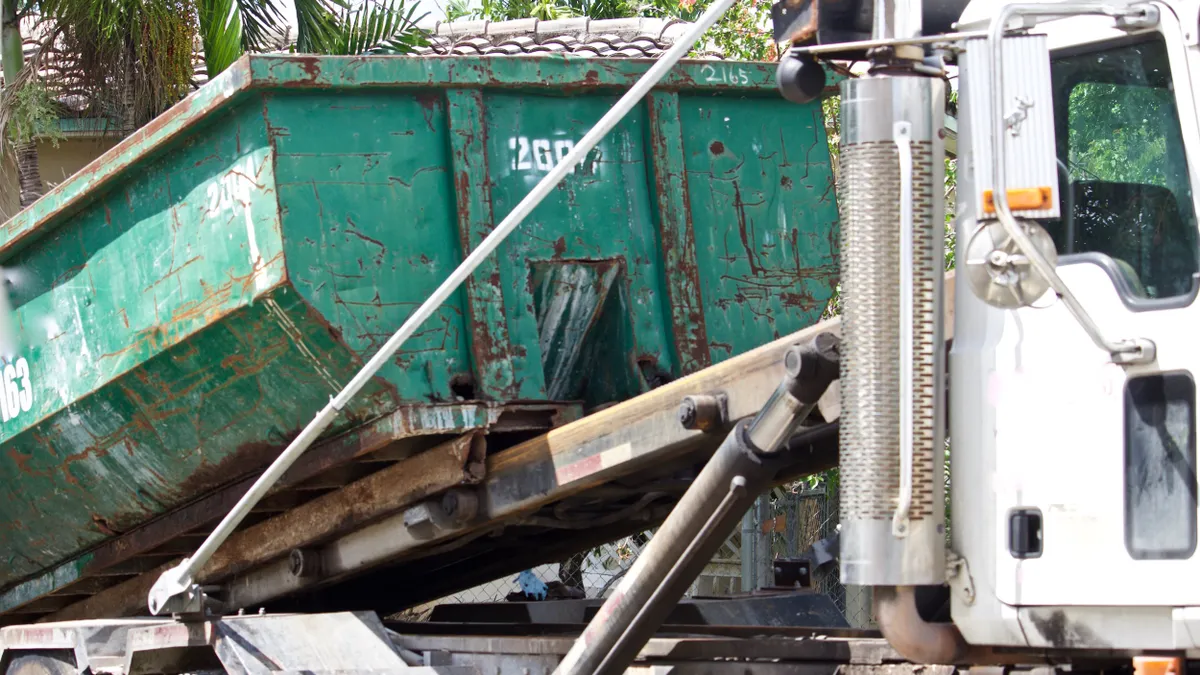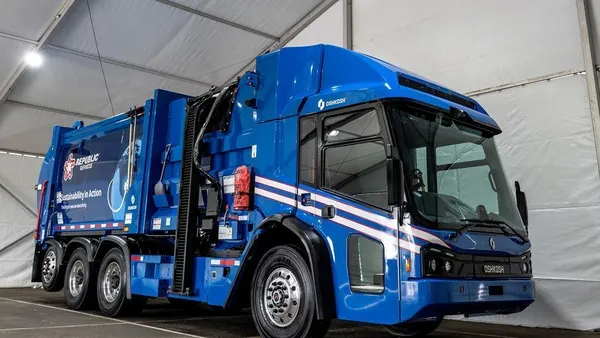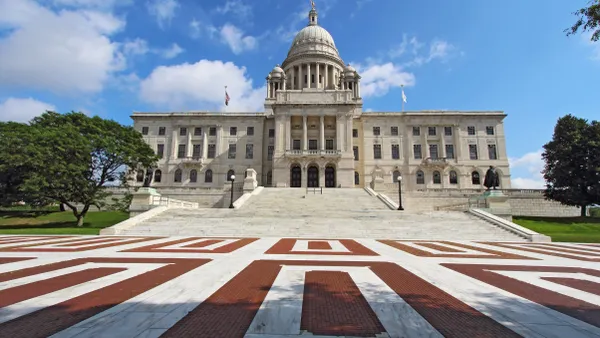Dive Brief:
- 20% of waste that makes its way into landfills is food scraps, according to the EPA. In 2012, 35 million tons of food waste were tossed in the trash.
- Ashley Zanolli of the EPA says that 40-50% of food waste comes from consumers. The high numbers prompted Zanolli to create a new toolkit, “Food: Too Good to Waste” to teach individuals how to reduce the volume of organic waste that they discard.
- The EPA is conducting a pilot program with households, having them weigh their food scraps weekly. It's already yielded some interesting findings. For instance, Zanolli noted that until people were forced to quantify their own discarded food, they believed other people were responsible for creating food waste and refused to take responsibility for their own waste.
Dive Insight:
Zanolli said that approximately 50-60% of food waste is generated by businesses: food companies, grocers, and restaurants. NPR noted that many corporations and businesses are taking responsibility for the food waste they produce.
Three companies in the U.S. have transformed food waste into innovation, taking what could be considered waste into useful materials.
- Summit Foods, a Cornelius, OR company that produces dried fruit, converted a waste byproduct- juice into fuel for race cars. The liquid waste is fermented then distilled into alcohol and sold as ethanol fuel.
- With the help of a methane digester, JC Biomethane, based in Junction City, OR, transforms Portland’s food waste into power. The gas collected from the organics can create electricity for 2,000 homes.
- Minneapolis, MN’s Novus Pacific plans to construct an anaerobic digester in Oregon. The facility will convert onion and potato wastes into biogas, which the firm then plans to sell. San Diego is the startup’s first client, with city purchasing the natural gas to fuel its bus fleet.













